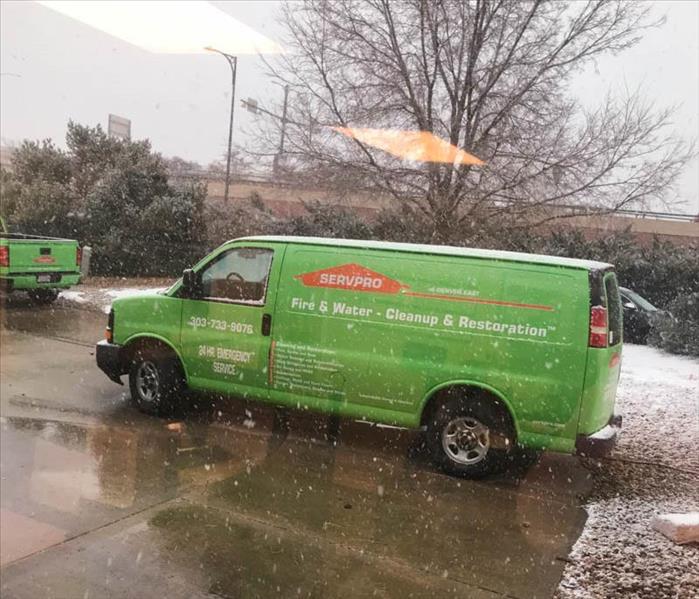Your Home's Most Vulnerable Areas
1/18/2023 (Permalink)
 If you have ever wondered what makes up a home's most vulnerable areas during a storm, then keep reading!
If you have ever wondered what makes up a home's most vulnerable areas during a storm, then keep reading!
The weather can be very unpredictable. In fact, it's because of this unpredictability that we need to know how to handle ourselves accordingly during storms. One of the best ways to do this is by making sure your home has all the necessary components in place in order to withstand any size storm. If you have ever wondered what makes up a home's most vulnerable areas during a storm, then keep reading!
Roof
Roofs are the most vulnerable areas in a home during storms. They have the largest exposure to wind and precipitation, which can lead to significant damage if not properly protected before and repaired after a storm.
The most common roof damage is from shingles to blow off and for the roof to leak. This is due to the fact that roofing materials are not waterproof, so when they are exposed to high winds and heavy downpours, they can easily be damaged.
Roofs also need to be properly insulated and ventilated, as well as properly drained. Insulation helps keep heat inside the home during cold temperatures, while ventilation allows airflow so that moisture does not build up. The roof should be sealed from the outside environment to prevent moisture from entering through cracks or holes in the structure.
Siding
Siding is the exterior covering of a home. It usually covers walls and the parts of your roof that are visible from the ground. Siding can be made of wood, vinyl, fiber cement, or aluminum. These materials are susceptible to damage from strong winds and high water levels during storms.
Windows
Your home’s windows are incredibly vulnerable areas during a storm. Windows are susceptible to damage from wind and flying debris, as well as water damage if they leak. Check your windows for signs of wear and tear. Are they leaking? Do the seals around the frames look worn out? If so, it may be time to replace them with new ones! Replace cracked or missing panes with required safety glazing material(s), such as laminated glass or tempered glass (this is recommended by code officials in many jurisdictions).
Soffits and Gutters
Soffits and guttering are the most vulnerable areas of a home after a storm. If they're damaged, they can cause water to leak into your walls. You should inspect your soffits and gutters regularly for any signs of damage or wear, such as rusting or crumbling around the edges. This is especially important if you live in an area prone to storms.
Doors and Door Frames
A door and its frame are the weakest areas of your home. In fact, they're one of the first things to break in a storm, which can lead to water infiltration and subsequent damage to your interior walls and flooring. When a storm hits, you should take extra precautions by securing your doors with a wedge or bar in order to keep them from blowing open.
If you’re planning on staying at home during the storm, it’s a good idea to know what parts of your house are most vulnerable. If your Denver home is damaged by a storm, SERVPRO of Denver East is here to help you get back to normal!





 24/7 Emergency Service
24/7 Emergency Service